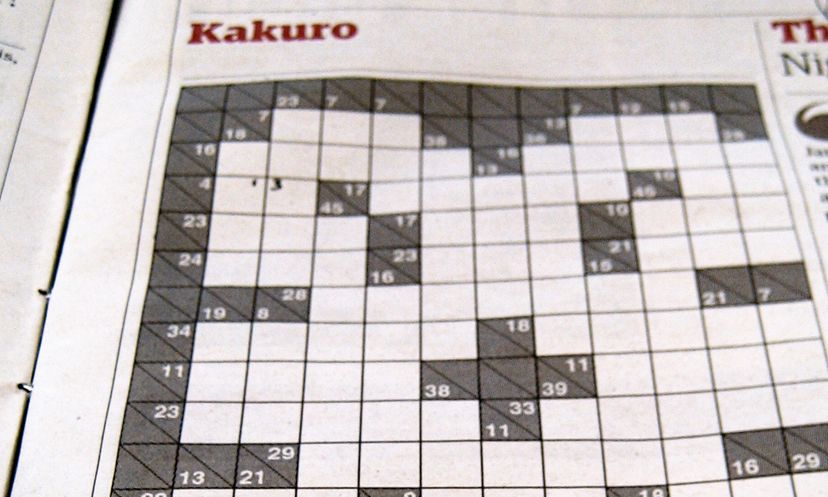
About This Quiz
Puzzle fanatics who can’t get enough sudoku and crosswords have turned to kakuro to sate their thirst for a more challenging puzzle. Show us what you know about the game in our quiz.Similar to sudoku, kakuro has a rule that you cannot repeat a digit within a designated vertical or horizontal group of cells. Only do sudoku grids have to be nine cells by nine cells large, and only in kakuro are the clues sums.
The top row and leftmost column are usually shaded and contain many of the “clues.”
Three solution sets are possible: 2, 3, 4; 1, 3, 5; 1, 2, 6. Note that 3, 3, 3 can’t work due the no repeat rule.
Advertisement
Strictly speaking, it is possible to design a kakuro puzzle with more than one solution. However, these are generally considered to be poorly designed.
Groups made up of fewer boxes tend to be easier to solve because they tend to have have fewer solution sets.
Kakuro is an abbreviated version of two words: Kasan Kurosu, the Japanese word for “addition” and the Japanese pronunciation of the English word “cross.”
Advertisement
No solution is possible.
The American Dell Magazines first published kakuro in 1950. Decades later, it grew in popularity in Japan and eventually the United States.
One solution set is possible: 1, 2, 3, 4, 5, 6, 7, 8
Advertisement